In part 1 of this blog, we learned about the gynoid body type and a few workouts that may benefit clients who have greater fat distribution in the lower portion of their body. In part two, we’re examining the android body type and the health-related effects of this type of fat distribution. Remember, android body types distribute higher amounts of fat in the abdominal region. This is problematic in that the thoracic/abdominal cavity is where the vital organs are located. When there is an abundant amount of visceral fat in this area, many health concerns, such as atherosclerosis, heart disease and fatty liver, potentially could arise. This type of fat tends to be denser, which is why those who suffer from android obesity have a very solid-feeling abdominal region, rather than rolls of fat. The good news for these types of clients is that visceral fat, which is below the surface of the skin in between the organs, is a bit easier than subcutaneous fat to get rid of with moderate aerobic exercise and a healthy diet.
Waist circumference measurements are an easy way to assess a client for abdominal adiposity and help your understand if your client is at risk for many of the negative health outcomes that stem from a larger waist. If a client has a waist measurement (taken from the smallest portion of the trunk between the hips and armpits) of greater than 35 inches for women and greater than 40 inches for men, they are at an increased risk for weight-related health issues, including insulin resistance, high blood pressure, high cholesterol, lower HDL levels and an increased risk for metabolic syndrome.
For those clients who are interested in reducing their overall girth measurement, moderate-intensity aerobic exercise has been shown to effectively decrease visceral fat. Along with a healthy diet, performing a minimum of 150 minutes of aerobic exercise weekly has been shown to decrease many health risks. However, according to the 2008 Physical Activity Guidelines, an additional 150 minutes per week (300 total, or 60 minutes per day, five days per week) has been proven to further increase health benefits and help in the weight-loss process. Performing 30 to 60 minutes of moderate-intensity aerobic exercise (jogging, cycling, hiking, swimming, etc.) is an effective way to reduce visceral fat stores, as well as increase HDL levels. Other resistance-training exercises that are helpful to this type of clientele include core stability exercises and full-body circuits. Trunk exercises that help to support the low back and correct poor posture are particularly effective because many clients with abdominal adiposity suffer from low-back pain due to the stress that is placed on the anterior portion of their body from the excess weight. By performing full-body resistance training circuits that include core stability training, strength and weight-loss goals can be reached.
Here are two workouts to use with clients who want to reduce abdominal fat and improve overall health and well-being.
Full-body Resistance-training Circuit:
Perform each exercise for 30 seconds, with a 30-second rest in between to remain in the aerobic-training zone. Repeat the cycle two to four times to keep the heart rate up and calories burning. Rest one to two minutes in between each cycle.
Body squats with overhead medicine ball
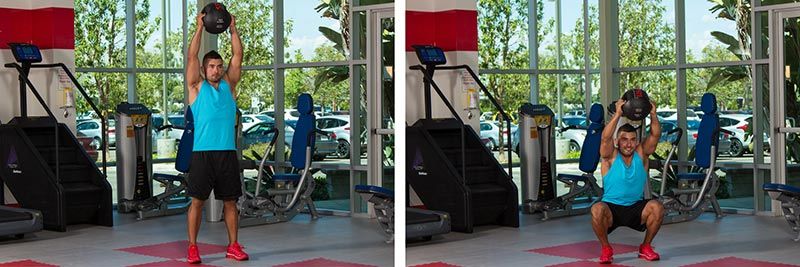
Single-leg Romanian deadlifts
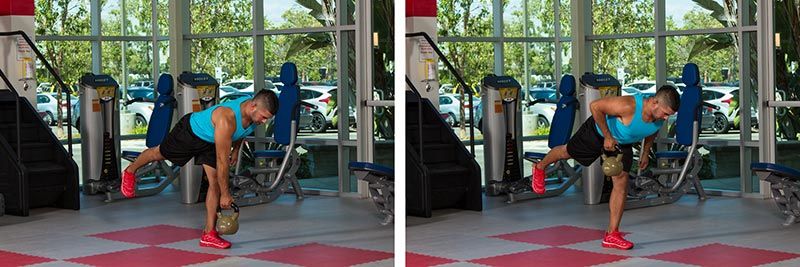
Walking lunges (“Statue of Liberty” with one weight overhead)
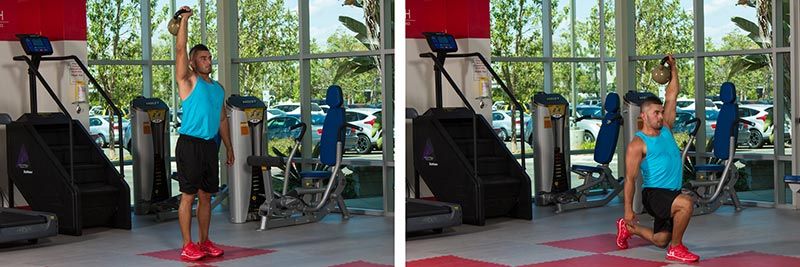
Plank-ups
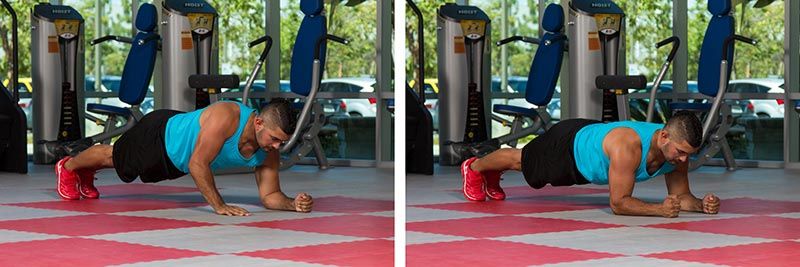
Tick-tock planks
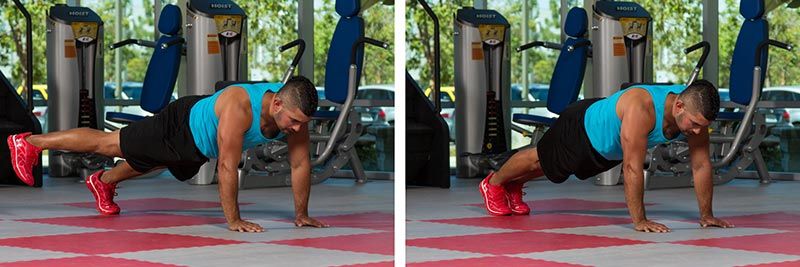
Treadmill Intervals

Using a treadmill or short hill, do 30- to 60-second intervals (RPE of 6-8 on a scale of 10) five to 10 times. Walk for 60 to 90 seconds in between each interval. If you do two sets of five sprints, rest five to 10 minutes between sets by doing active recovery (walking, or light jogging).




 by
by 








